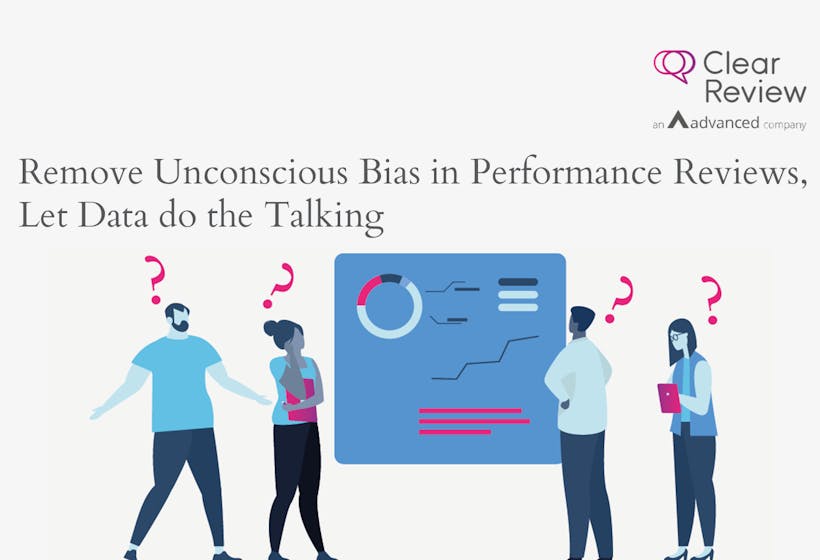
We all know bias is a problem, but how harmful is it to an organisation? And, how do we stop bias if the people involved aren’t even aware they’re doing it? In this blog we will explore the concept of unconscious bias, how it affects organisations and their staff, and how to stop it from influencing your view of performance.
What’s the problem?
Whilst we have seen a significant uplift in the number of organisations making commitments to tackling systemic bias and inequality, and significant efforts made by many groups to raise awareness of these issues, the reality is that there still a significant way for us to go, and the numbers continue to paint a stark picture.
For example, research done by the Centre for Social Investigation in 2019, in which thousands of fake applications were sent out for real jobs, showed that applicants from minority groups needed to send 60% more applications in order to receive as many call-backs. This research used a number of “fake” candidate profiles, varying only the minority background of the candidates, but keeping their experience and qualifications constant.
These outcomes are of course not intentional, but they are the result of building systems (in this case a recruitment process) that rely on human judgement of other people. We all have our own bias, that is shaped by our background and upbringing, and which we unconsciously apply all the time. It’s this unconscious bias which – when left unchallenged – creates the outcomes we see.
As uncomfortable as it sounds, this is the reality that we really need to tackle if we are going to truly bring about change.
How does this affect organisations?
It’s only by standing back and looking at a process through an inclusivity lens that we really start to see some of the issues within the systems we have built, and when you do that you will start to realise that our challenge goes far beyond the hiring engine. Any decision point in an organisation where judgements are made about people will face the same systemic issues.
One of these is how we think about employee performance. Many performance management approaches rely on managers making judgements about people, which we know will be influenced by their unconscious bias, which may result in us misidentifying Talent altogether.
Workplace Psychologist Ian MacRae explains “Companies that hire or promote based on superficial and irrelevant characteristics put themselves at a competitive disadvantage. Ignoring top talent and high potential because of unconscious bias creates a leaky and inefficient talent pipeline.”
A truly diverse workplace means a wider variety of skills, points of view and ways of working. This boosts productivity and creativity within an organisation. There is a lot of research that demonstrates that more diverse businesses are likely to have much better organisational performance, so removing subjectivity from all areas of your business should a board level priority. Why would you restrict your organisation by maintaining processes which have resulted in having a poor levels of representation?
The impact of a culture which includes purely subjective ways of rating and rewarding workers affects everyone. That’s because people don’t really know what is expected of them, and as the outcome is based on opinion and personal feeling, there is a chance people will perceive the outcomes as unfair.
How can we solve this?
The answer to these issues is in the data.
“Good selection and retention policies are like good science: decisions should be based on the best available evidence and data, while personal biases are understood but not used for decision-making.” Ian MacRae, Workplace Psychologist.
Confronting bias can be really uncomfortable. Making managers aware of how their unconscious bias affects their decisions around performance is a difficult but necessary exercise. Using data to informs decisions can help on two levels: it can help identify cohorts of people and areas within the business that have been disproportionately affected by bias; and this data can be used to provide a fairer framework for measuring performance going forward.
With this in mind, now is the time to consider the role of a traditional performance measurement approach, which involves asking managers for a predominantly subjective opinion once a year, and whether it’s the most appropriate way of thinking about performance measurement. Within the Clear Review platform, we’ve made it possible to create what we call a Performance Snapshot. This functionality enables you to ask managers very specific, detailed focussed questions around performance and development at different points in time.
This in turn enables you to create real, actionable insight and data required for a true assessment of performance and potential.
Bias is a part of the human experience so we need to get comfortable with being uncomfortable and address our biases in order to remove them from decision making and trust the data.
Book a demo
